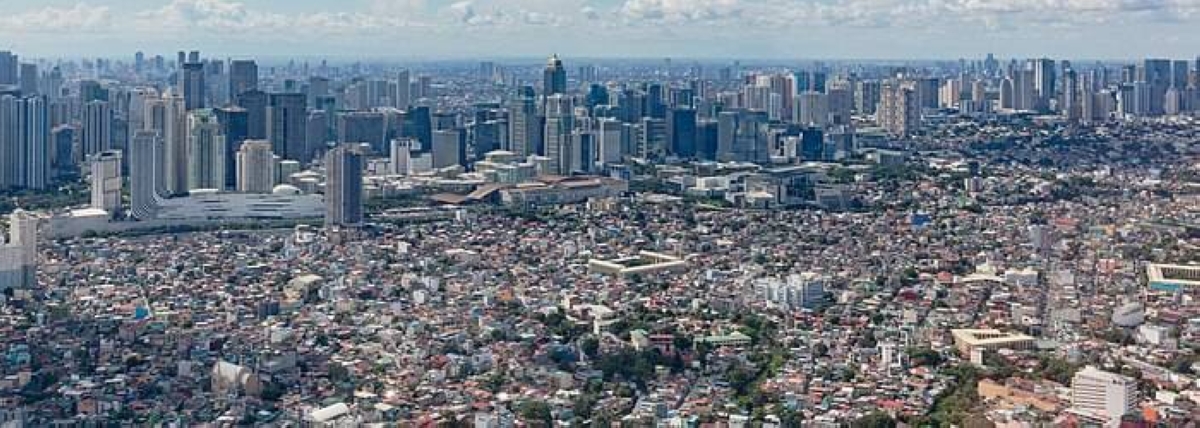In the wake of the magnitude 7.4 earthquake that struck Surigao del Sur, Philippines, on Saturday night, the chief of the Philippine Institute of Volcanology and Seismology (Phivolcs) has assured the public that the country is now better prepared for future seismic events.
Phivolcs Director Teresito “Toto” Bacolcol emphasized the importance of regular earthquake drills conducted by the national and local governments, as well as the private sector, in keeping the public informed and prepared for earthquakes. These drills play a vital role in educating people about what to do when an earthquake occurs in their area.
Bacolcol also reminded the public to rely solely on information from Phivolcs and other government agencies, rather than social media posts which can often be unreliable or contain fake news.
To minimize the impacts of earthquakes, Bacolcol stressed the need for government agencies and local government units to implement measures that ensure buildings and structures meet the requirements under the Building Code and can withstand strong earthquakes.
In addition to these measures, Bacolcol urged individuals to be prepared by keeping an emergency bag with essential supplies, including medicines and food that can last at least three days.
Phivolcs has been working closely with concerned government agencies and local government units to communicate the importance of implementing these measures and to minimize the impacts of earthquakes.
Some local government units, such as Quezon City, Makati City, Pasig City, and Muntinlupa City, have taken proactive steps to encourage residents living above the West Valley Fault (WVF) to relocate to safer areas. Phivolcs had previously identified Quezon City and Manila as having the highest number of potential casualties in the event of a magnitude 7.2 quake emanating from the WFV.
The recent earthquake in Surigao del Sur was caused by movement along the Philippine Trench and an active fault, resulting in the strongest tremor in a decade in Mindanao. Phivolcs explains that a trench is the deepest portion of the sea floor, while a fault is a zone of weakness where movement has occurred or may occur again. The country has at least 175 active fault segments, including the Philippine Trench, Manila Trench, Sulu Trench, Negros Trench, and Cotabato Trench.
Following the earthquake, Phivolcs issued a tsunami warning for coastal communities in Surigao del Sur and Davao Oriental. Residents in the affected areas were evacuated, and the warning has since been lifted. The highest tsunami wave measured was 0.64 meters in Mawes Island, Hinatuan.
Bacolcol also noted that both damage to infrastructure and aftershocks are expected from the recent tremor. As of 12 noon on December 3, a total of 765 aftershocks have been recorded.
With the government’s efforts in conducting regular earthquake drills and implementing measures to minimize the impacts of earthquakes, the Philippines is taking significant steps towards increasing its preparedness for seismic events. However, it remains crucial for individuals to stay informed and follow the guidance provided by Phivolcs and other official sources during such situations.
Source: The Manila Times







